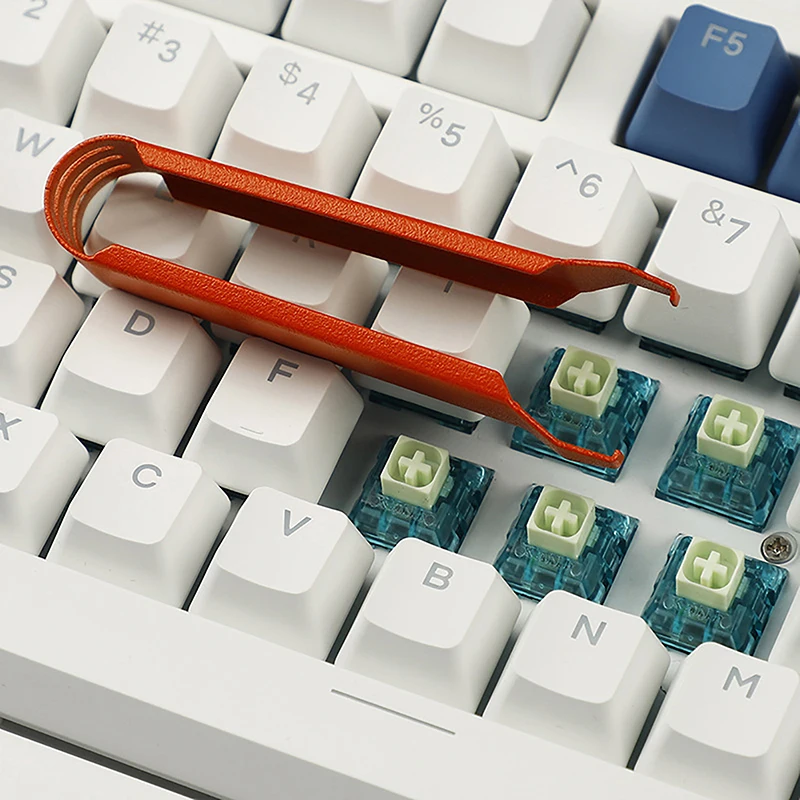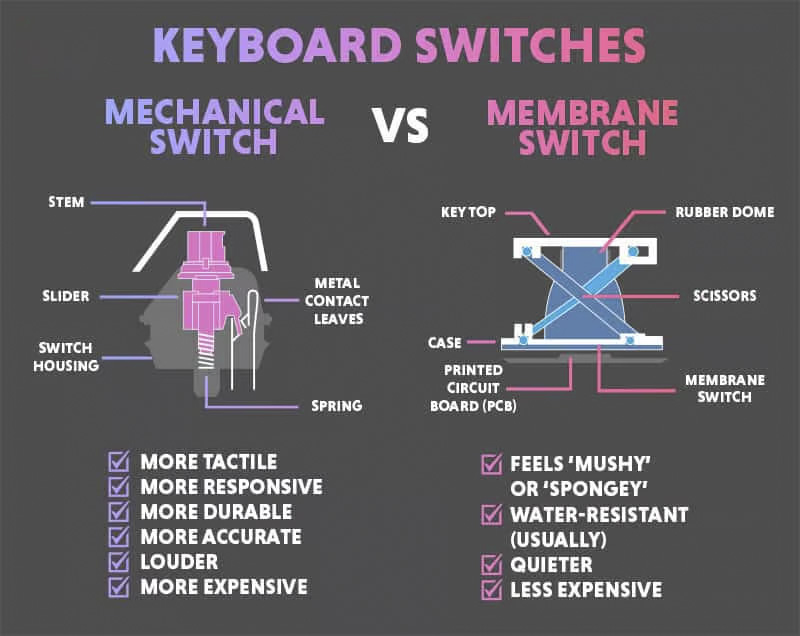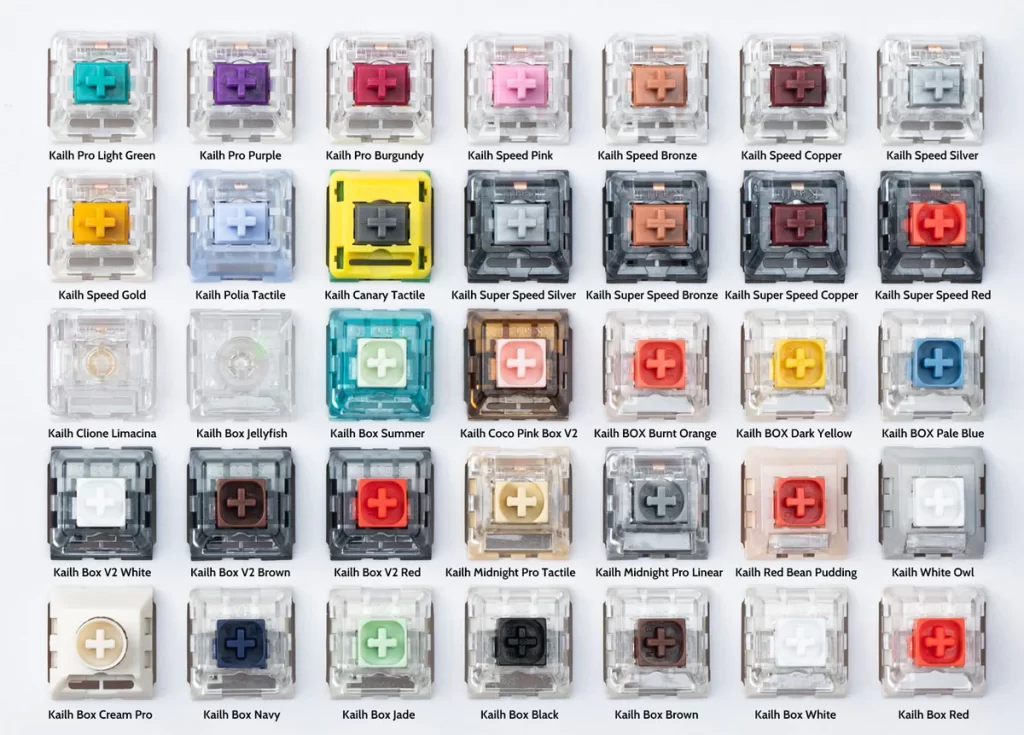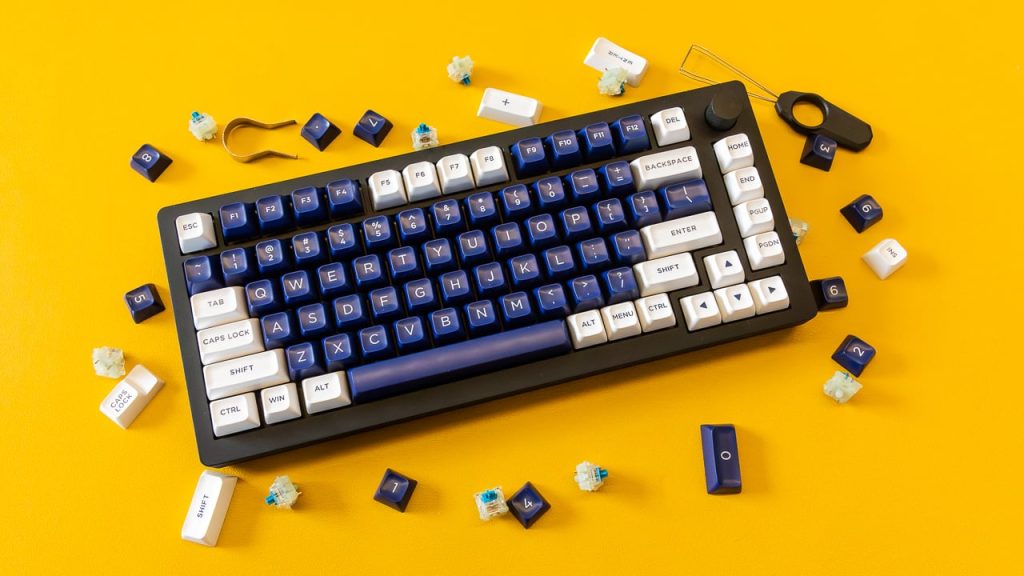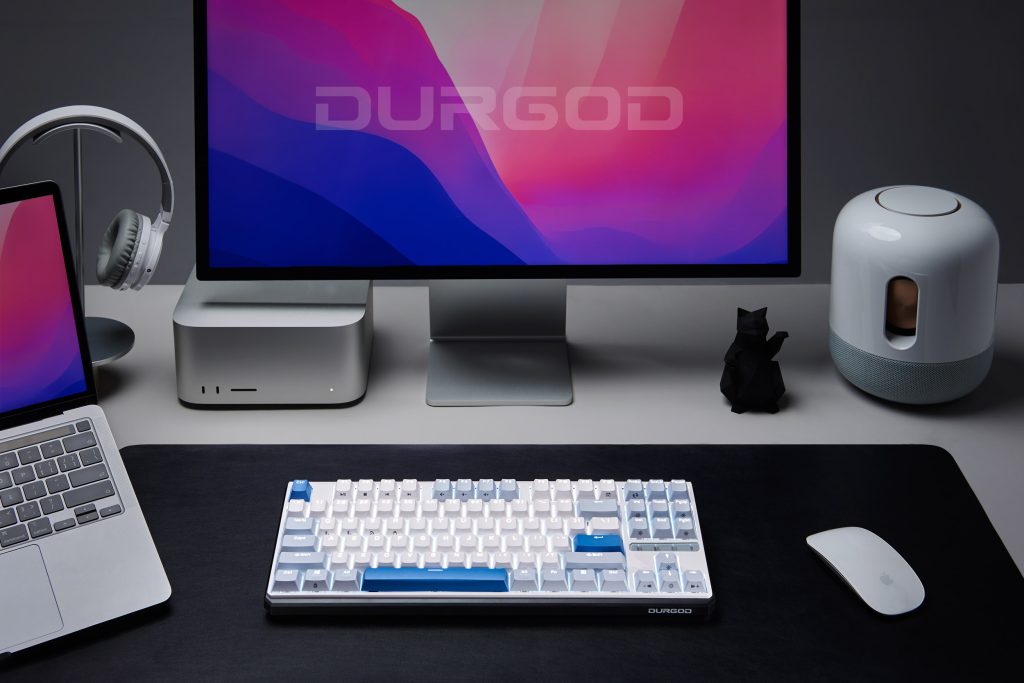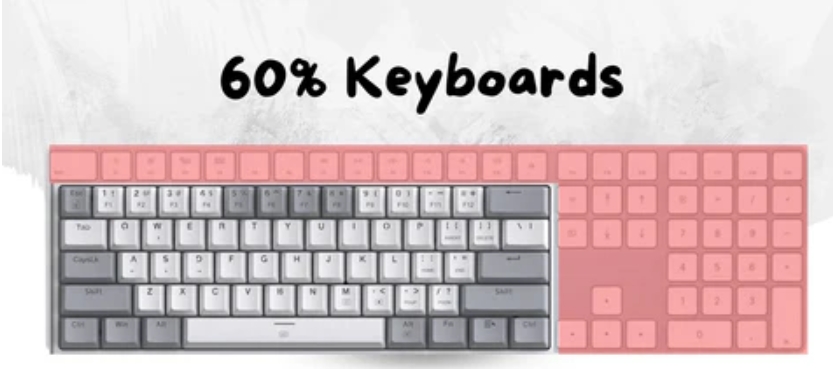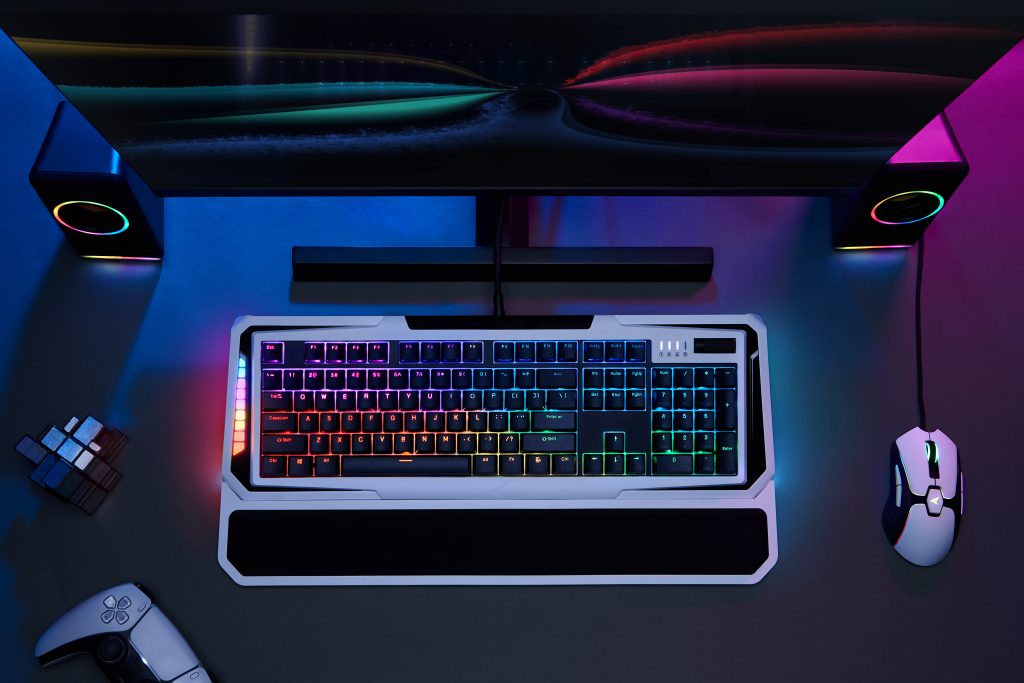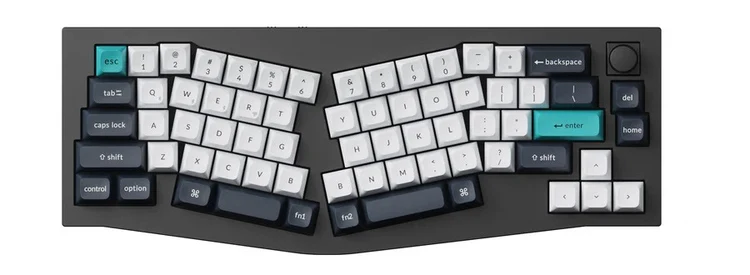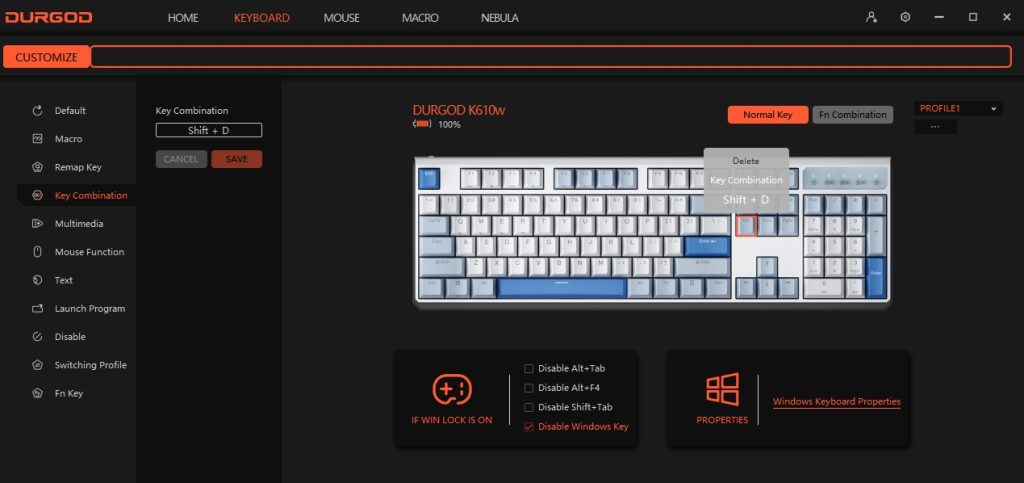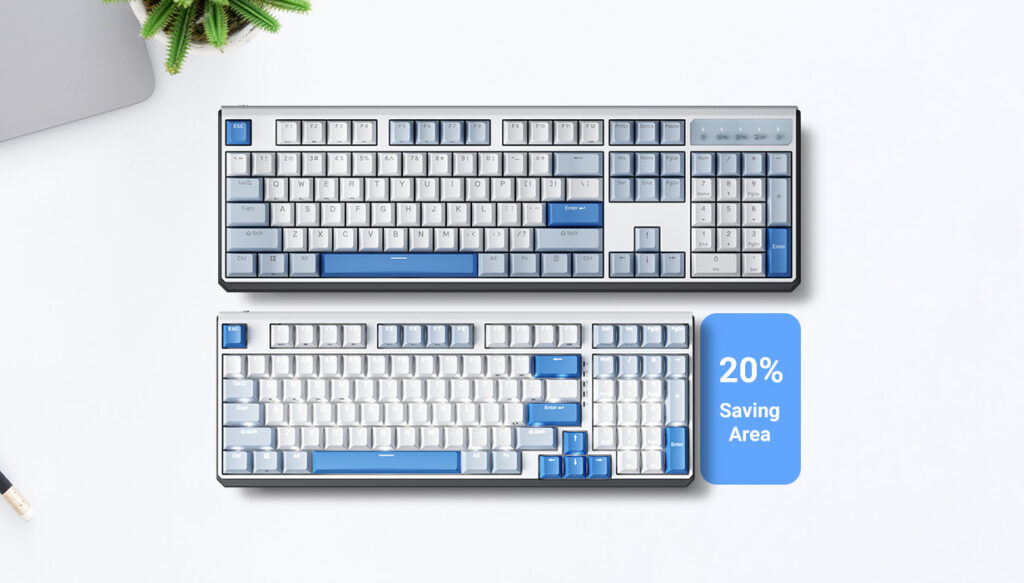Diving into the world of hot-swap mechanical keyboards is like entering a relationship that promises no strings attached. You think, “Freedom! I can change partners—I mean, switches—whenever I want, without any messy breakups involving soldering irons.” But oh, dear keyboard warriors, every rose has its thorn.
Firstly, there’s the wobble. Yes, some switches in hot-swap boards might act like they’ve had one too many, swaying side to side, leaving you wondering if they’re trying to dodge your fingertips.
Then there’s the paradox of choice. With the freedom to swap comes the agony of decision. You thought choosing a Netflix show was hard? Try picking the perfect switch from the smorgasbord of clicky, clacky, and thocky options.
And let’s not forget, durability can sometimes take a hit faster than your spacebar during a rage quit. Those hot-swap sockets might just decide they’ve had enough of your indecisiveness, leading to a loose connection.
So, while the hot-swap feature dances in like a knight in shining armor, ready to save you from the dragon of soldering, be warned—it might just leave your castle a bit shaken.
1. Socket Wear and Tear
Firstly, constantly inserting and removing switches can eventually take a toll on the hot-swap sockets, leading to a looser fit or, in the worst case, a failure to connect electrically with the new switch. Moreover, the durability of these sockets largely hinges on the keyboard’s build quality.
2. Compatibility Issues
Secondly, it’s not all switches on deck; some hot-swap keyboards play favorites, designed for specific types or pin configurations of switches. Users must check that their preferred switches are a match made in keyboard heaven with their hot-swap sockets.
3. Limited Customization:
Additionally, while hot-swapping switches is a breeze, other mods, like swapping stabilizers or tweaking the PCB, might still require soldering skills. Some purists argue that soldered connections provide a more steadfast and uniform typing feel than their hot-swappable counterparts.
4. Structural Integrity
Furthermore, accommodating hot-swap sockets may alter a keyboard’s inner architecture, potentially impacting its sturdiness or sound. The integration of hot-swap sockets could subtly change the typing sensation compared to a soldered board.
5. Cost:
Moreover, the convenience of hot-swap comes at a price, with these keyboards generally costing more than their solder-required siblings, due to the extra tech and manufacturing efforts for the sockets. Budget-watchers, take heed.
6. Quality Variance
Also, the robustness of hot-swap sockets can vary significantly across different brands and models. While some may stand the test of time and fervent switching, others might falter, leading to loose connections.
7. Risk of Damage During Switch Replacement
Lastly, eagerness in switch swapping without the proper care can lead to damaging the hot-swap sockets or even the PCB. Caution and the correct tools are paramount.
In conclusion, while hot-swap keyboards bring the considerable advantage of easy switch customization, they are accompanied by potential drawbacks like socket wear, compatibility caveats, possible effects on the keyboard’s structure, and an elevated price tag. These considerations are pivotal for those deliberating over a hot-swap keyboard, especially for switch-swapping enthusiasts or those on a tight budget.



